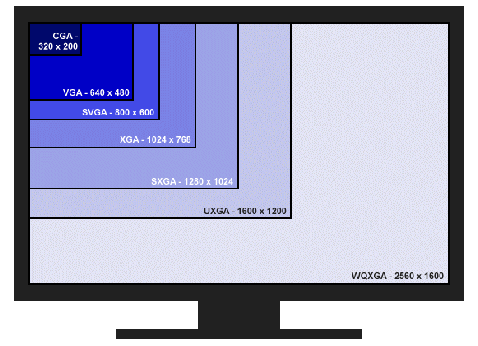The web site for the Pc home user

The Personal Computer User UK © 2012 is copyright protected under United Kingdom Law. The content and advice contained within this Web site is provided on an 'as is' basis and the author is not responsible for any damage, real or financial which may result from its use. Design by BUILDTECH

The display adapter in a computer system (often called a graphics card) is the hardware
responsible for generating the images that appear on the system's visual display
unit. Modern display adapters can take the form of a separate card or may be integrated
into the motherboard. They are capable of operating at very high resolutions and
displaying millions of colours. Even relatively modest display adapters can now handle
computer animations, video playback, and 3D interactive games. Indeed, it is probably
the computer gaming industry that has been the main driver behind the development
of high-
Display Adapter ~ Graphics Card
The display adapter shown above is one of the mid-


Since the arrival of SVGA at the end of the 1980s there have been a number of new
display adapter standards, many based on IBM's XGA standard, that reflect the increasing
demand for high resolution computer graphics and an ever more diverse range of user
applications. The 4:3 and (to a lesser extent) 5:4 aspect ratios that were ubiquitous
prior to about 2003 have in many instances been displaced by widescreen formats on
both laptop computers and standalone LCD monitors. These widescreen formats are popular
for a number of reasons, including the ability to display two pages of a document
side by side on the screen, and for viewing widescreen movies. Some of the more significant
standards are described graphic (note that all of these standards support a colour
depth of 32 bits per pixel). The illustration gives an idea of how display resolu![]() tions
have evolved.
tions
have evolved.
| Mb 2 |
| DIY2 |
| DIY3 |
| DIY4 |